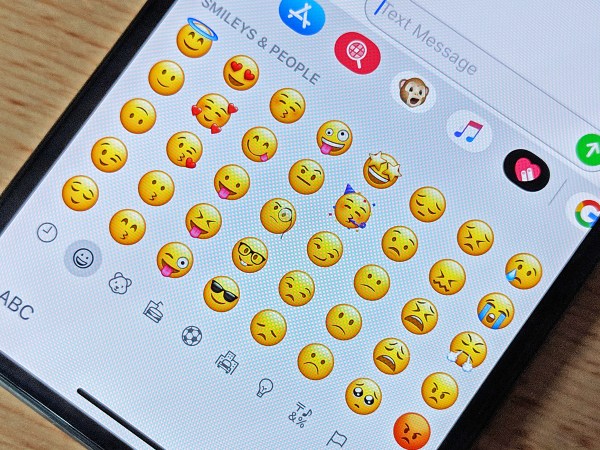

When it comes to guarding your privacy online, your first instinct might be to protect your content—by being careful what you write and choosy about what’s in the images you post. But even though you’re being careful, it may not be enough.
Everything you upload to the internet has metadata attached to it. This is everything related to a file that’s not the content itself—format, what program it came from, its creation date, and sometimes even the name of its author.
It gets even trickier with images, as these files use a standard called exchangeable image format, or EXIF. When you use a phone or tablet to capture photos or video, it will (by default) embed information like the make and model of the device that generated the file, along with the exact GPS location where it was created. (You can opt out of these settings, though.) When you use a digital camera, this bundle of information will also include technical data like ISO speed or the aperture settings you used when you took the photo.
If sharing that potentially personal information makes you feel queasy, you’re not alone. The good news is you can delete that data before you share any file.
How to remove metadata from any file using Windows
Scrubbing files clean is easy on Microsoft’s operating system: You can use the same method across all types.
Use Explorer to find any item you want to strip of its metadata, right-click on it, and choose Properties. Select the Details tab to see all the information attached to it. To delete it, click the Remove Properties and Personal Information link at the bottom of the dialog box. There, you’ll be able to choose between wiping all metadata in one fell swoop, or deleting specific items.
[Related: Keep your photos from getting stolen on the internet]
Check the circle next to Create a copy with all possible properties removed to do just that. This will give you the advantage of keeping a file that has all those details in case you ever need it. On the other hand, if you check the circle next to Remove the following properties from this file, you’ll be able to pick which pieces of data you want to erase by checking the boxes next to them in the dialog box. You can also hit the Select All button, which will check all the boxes at once. To finish, click OK.
How to remove metadata using macOS
There are plenty of reasons why you might choose an Apple computer over one that runs Windows, but when it comes to wiping metadata, it certainly doesn’t help to have a Mac.
That said, macOS lets you remove location data from image files pretty easily. Just open a picture using Preview and open the Inspector by either hitting command + i, or going to Tools and selecting Show Inspector. Under the More Info tab (the symbol is the letter “i” in a circle), click on GPS to see the location metadata in your file. To wipe it, click on Remove Location Info at the bottom of the dialog box.
This functionality is great, but it’s all Apple offers. You can’t delete any other metadata without the help of a specialized third-party app.
[Related: 23 useful Mac settings hiding in plain sight]
To remove the remaining information attached to images, we like ImageOptim, which is a free, light, and easy-to-use alternative for cleaning your files. Go to the app’s website to download it and unzip the file. Open the app and drag and drop the images you want to clean. A green check to the left of the filename will let you know the deed is done.
If you’re dealing with PDFs, a tool like PDFelement can help you edit and remove information you don’t want to be bundled up with your file. The free trial version will leave watermarks on your documents, but if you want to get rid of them, it’ll cost you $50 for 6 months, or $90 for an entire year. If you already have it on your computer, Adobe Acrobat Pro is also a good option. You get a seven-day trial, after which you can pay $25 each month, or $15 a month for a full year.
The bottom line is that, unlike Windows, there’s no silver bullet solution to wiping metadata off your files with macOS. But not all is lost, as there are always either free tools or paid programs with free trials you can download, depending on the file format you’re trying to clean.
Although if it makes sense to you, you can always just get a PC.















